PPT-Salmonid Habitat as a Guiding Principle in River Restoratio
Author : olivia-moreira | Published Date : 2016-04-29
Dylan Castle Earth and Physical Science Department Western Oregon University Monmouth Oregon Email dcastle11wouedu Outline Introduction Terminology Salmon as Restoration
Presentation Embed Code
Download Presentation
Download Presentation The PPT/PDF document "Salmonid Habitat as a Guiding Principle ..." is the property of its rightful owner. Permission is granted to download and print the materials on this website for personal, non-commercial use only, and to display it on your personal computer provided you do not modify the materials and that you retain all copyright notices contained in the materials. By downloading content from our website, you accept the terms of this agreement.
Salmonid Habitat as a Guiding Principle in River Restoratio: Transcript
Download Rules Of Document
"Salmonid Habitat as a Guiding Principle in River Restoratio"The content belongs to its owner. You may download and print it for personal use, without modification, and keep all copyright notices. By downloading, you agree to these terms.
Related Documents

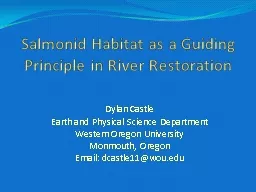
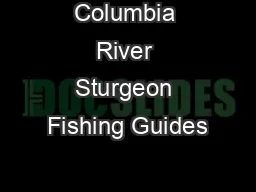
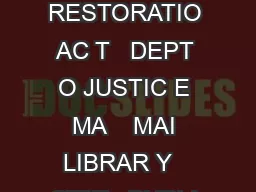
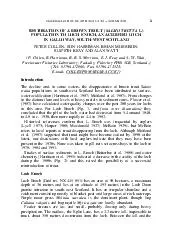
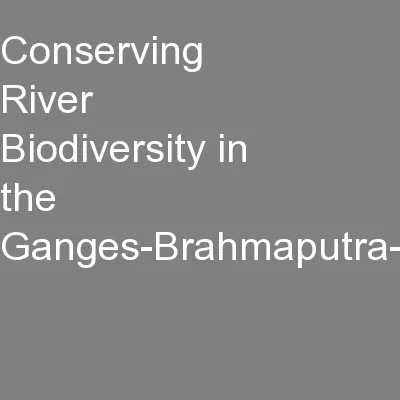
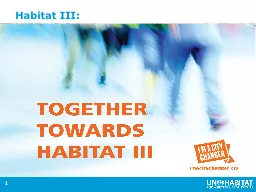
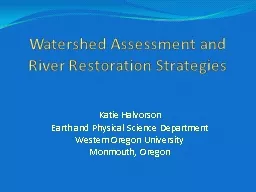

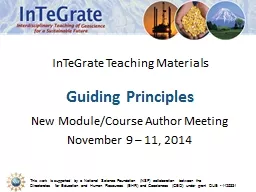


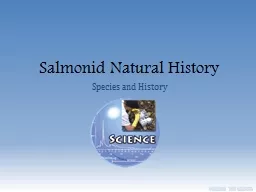
![[DOWNLOAD] Préparer et réussir le Bac Pro ELEEC - T1 Habitat individuel, locaux industriels](https://thumbs.docslides.com/1005724/download-pr-parer-et-r-ussir-le-bac-pro-eleec-t1-habitat-individuel-locaux-industriels-et-habitat-tertiair-t1-habitat-individuel-locaux-industriels-et-habitat-tertiaire.jpg)
